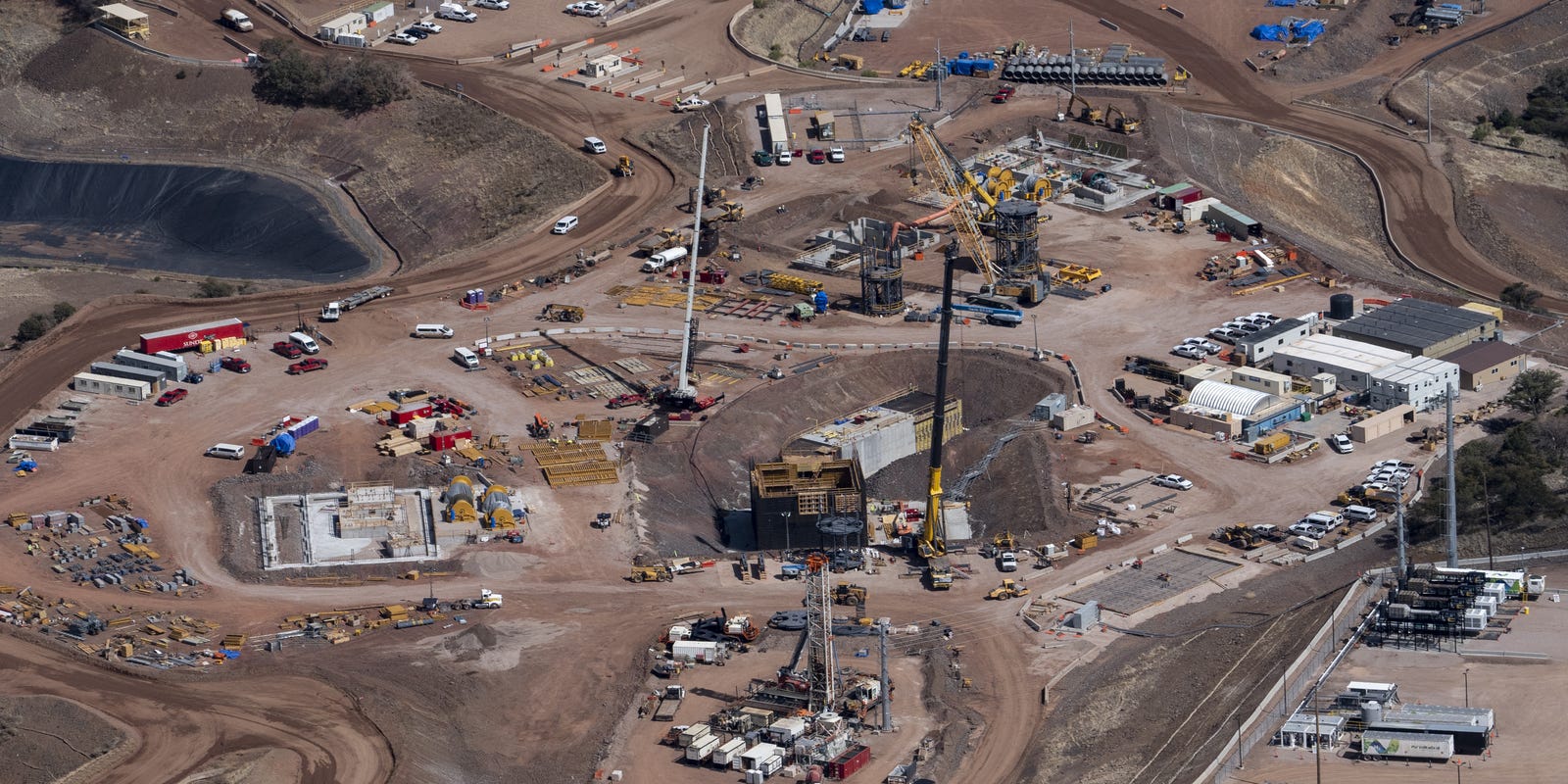Environmental Watchdogs Challenge EPA's Green Light for Controversial Arizona Zinc Project

Environmental watchdogs are challenging federal regulators over their handling of concerns surrounding the controversial Hermosa Mine project. The Center for Biological Diversity and the Patagonia Area Resource Alliance have raised serious allegations that regulatory agencies have neglected to thoroughly examine a critical petition challenging the mine's potential environmental impacts.
These conservation groups argue that federal officials have failed to conduct a comprehensive review of the submitted documentation, potentially overlooking significant environmental risks associated with the mining operation. Their petition highlights potential threats to local ecosystems, water resources, and wildlife habitats in the region.
The organizations are demanding a more rigorous and transparent evaluation process, insisting that environmental safeguards must take precedence over industrial development. By bringing attention to what they perceive as regulatory oversight, they hope to prompt a more detailed investigation into the Hermosa Mine's environmental consequences.
This ongoing dispute underscores the growing tension between economic development and environmental preservation, with conservation groups playing a crucial role in holding regulatory agencies accountable for protecting natural resources.
